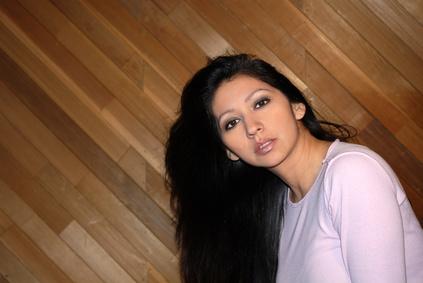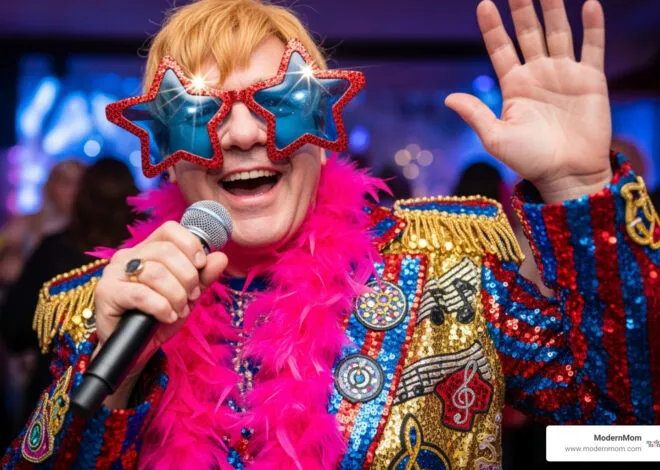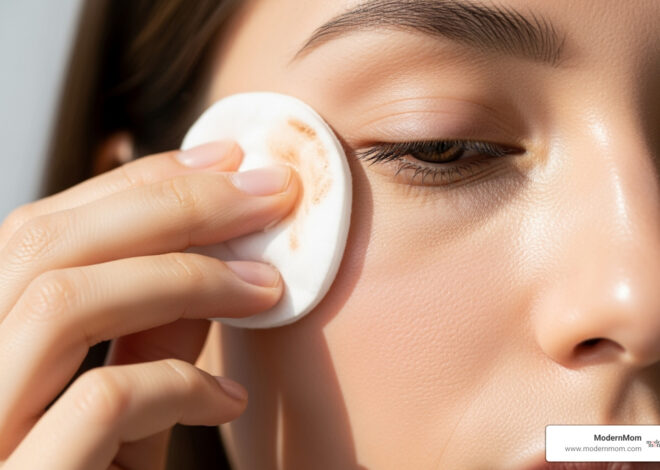Hair care for dry, frizzy hair differs, depending upon whether you have naturally curly hair, permed hair, long hair or a lifestyle that exposes your hair to harsh chemicals, humidity or dry conditions. However, no matter your hair type or your lifestyle, you can dramatically improve your hair’s condition and appearance by trimming it, using flattering haircuts, selecting appropriate styling products and changing your cleansing and drying routines. Rather than cursing your frizzy hair, you will be able to admire its bounce, shine and healthy appearance.
Types
Before cutting, styling and treating your hair, determine its type. Stylist Andre Walker has delineated the different types of hair which can help you narrow down your hair care solutions. Type 1 is straight hair, less prone to frizzing. Type 2 is wavy hair, which may frizz when damaged. Type 3 is curly hair, which ranges from loopy ringlet-style curls to tight corkscrew curls. These hair types often develop tangles and split ends, leading to frizzing. Type 4 is tight curls, which can look like an Afro and consists of extremely fragile hair, prone to being extremely dry and frizzing.
Haircuts
Hair care for all types of dry, frizzy hair begins with choosing a good haircut or hairstyle. Most stylists recommend trimming hair every month to keep split ends and consequent frizzing to a minimum. In addition, finding a stylist who understands curly or frizzy hair is essential. If you see a person around town with your hair type and you like her hair style, ask for the name of her stylist. Many stylists do not understand the intricacies of frizzy hair, and try to cut away the damaged ends in layers. However, curly and ethnic hair does not respond well to layered cuts, because the hair shrinks in length and widens as it dries. Look for stylists who cut each strand individually rather than cutting hair in sections.
Washing
Washing dry, frizzy hair may seem like a no-brainer, but radical changes have transpired in the hair care industry in recent years. Many people have adopted the no-shampoo, also known as “no poo,” routine, eschewing drying shampoo which acts like a harsh detergent on frizzy hair. Instead, some people use sulfate-free cleansing products, while others use natural household items, such as baking soda or apple cider vinegar, to cleanse their scalps. People with very dry scalps and hair may prefer to use a lotion-style conditioner as their shampooing product, rinsing it out before applying a leave-in product.
Conditioning
Conditioning dry, frizzy hair is essential. People with straight or wavy hair can get by on lightweight leave-in conditioners in lotion form. People with curly, ethnic or extremely damaged hair need to pump up their moisturizing power. Use a thicker mud or putty that keeps hair better controlled and smoother. Use styling products without silicon to avoid damaging buildup in your hair.
Drying
The hair dryer is the enemy of frizzy hair. Employ a more hair-friendly technique, known as “plopping.” The process begins in the shower, when you squeeze your hair to remove excess water. Then, apply any leave-in product, gently combing it with your fingers through your hair. Hang your head upside down over a cotton T-shirt, with the ends of your hair on top of your head. Wrap the T-shirt over your hair, knotting it to hold your hair in place. Do not use a terry cloth towel or a hair dryer. Leave your hair wrapped as you get ready, and then remove the T-shirt and arrange your hair with minimal primping.
Photo Credit
- long sexy hair image by Leticia Wilson from Fotolia.com





